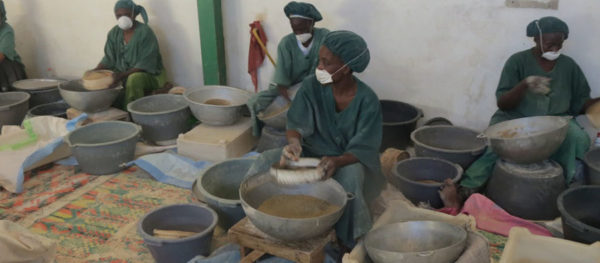Tag: SDG2.3

Senegalese Women Revive Appetite for Traditional Grains
Africa & Middle East: To meet SDG2.3 and double productivity & incomes, smallholders need access to finance. Read about this innovative business in Senegal that Root Capital helped to grow.
Read MoreSoil Health: The Key to Boosting Productivity, Sustainability and Resilience
Global: Adrian Johnston, Retired Vice President of IPNI Africa & Asia tells Farming First why efficient use of fertilizer is key to doubling smallholder productivity & incomes, SDG2.3.
Read More

